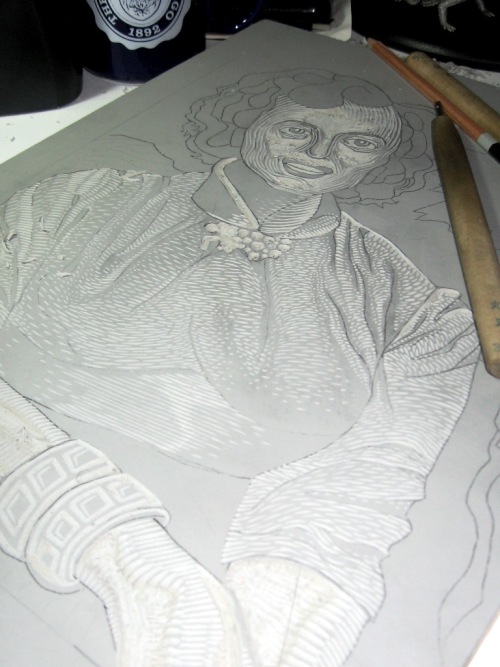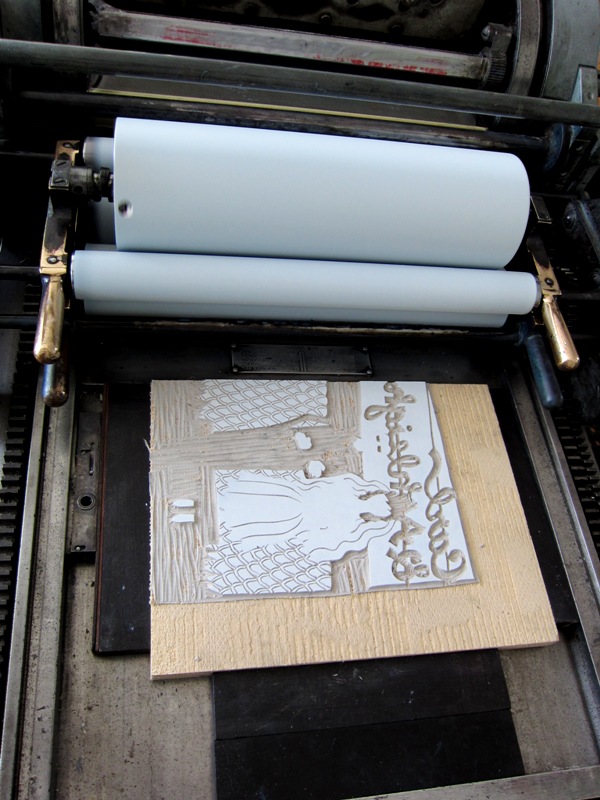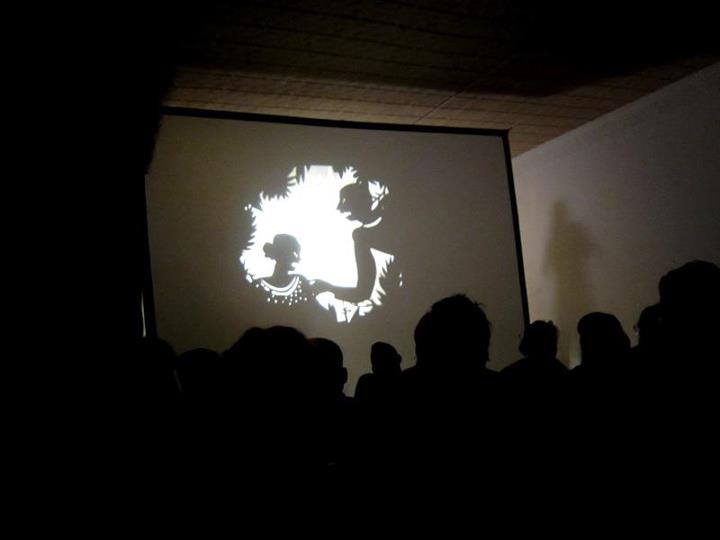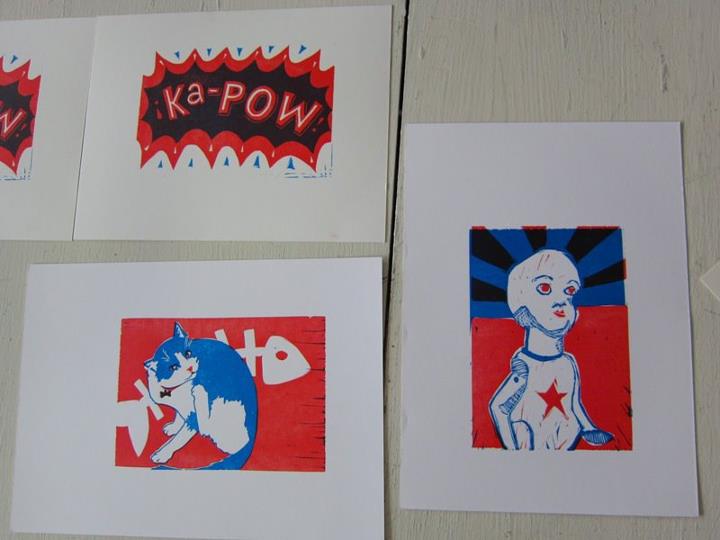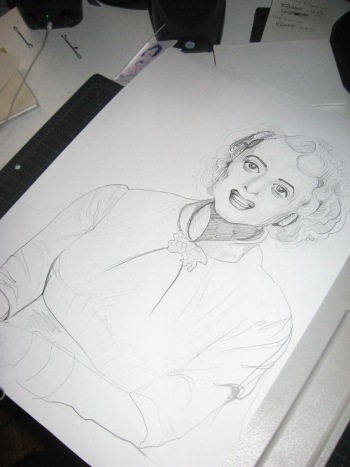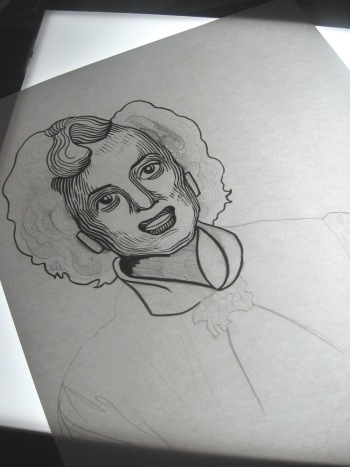Field trip
 Sunday, November 28, 2010 at 9:24AM
Sunday, November 28, 2010 at 9:24AM 
Yesterday I broke my long studio weekend focus to visit Monkey-Rope Press friend and sometime-mentor Melissa Jay Craig at Ragdale. I knew of the Ragdale by reputation; it is a residency compound for visual artists, writers and composers in the north shore suburb of Lake Forest. The main house and barn were designed by Arts and Crafts architect Howard Van Doren Shaw as a summer retreat for his family. His wife was a poet and his daughter a sculptor, so it has been a space for creative production since it was first built. I contributed a book to Shawn Sheehy's "Haunted Library" installation at the Ragdale house in October, but was unable to attend the opening; in similar misfortune, I was invited to visit Melissa last autumn but fell ill and was unable to visit. She kindly extended the invitation again, and I was delighted to oblige.
The Metra train ride was pleasantly uneventful, but leaving the train and entering the Affluent Fairy Land that is downtown Lake Forest was disorienting. I grew up in middle-class apartments on the outskirts of small cities in the South, and as a relative newcomer to Chicago I have spent all of my time living in & exploring the city proper; as such, I've always assumed the stories I had heard about the suburbs were exaggerated. Fairy tales and myths! Not so. On my walk to Ragdale, I counted several houses with more than 5 chimneys, distinct wings, and "coach houses" off the back larger than any house I have even visited. (It was pointed out to me that these are the "less desirable" properties one can see off the main road. Yikes.)
The surreal walk through town made Ragdale even more lovely by contrast. I first visited Melissa in her prairie studio, with views of the open meadow & wild prairie on two sides and a generous skylight above. After a short visit, we walked through the adjoining grasslands and forest before meeting up with another resident for a tour through the barn studios and Ragdale house. I couldn't have asked for a more gracious and encouraging host--it was a wonderful afternoon, and I only wish the train schedules were more flexible so I could have stayed longer. 
(A view of the expansive prairie from the far end, lovely even in its dry winter colors: the prairie studio is near the tree line on the far side.)
I admit that I didn't really "get it" before I visited. Why disrupt life for a creative retreat? Shouldn't work be integrated fully into a daily routine? I still know it should and has to be a daily practice, but this option is a dream. To have a full space to one's own, to not have to go grocery shopping or any other number of daily-life errands, to not have to think about or worry over a single thing except working on your project for a whole month: I get it now. Although scheduling a month away from life is challenging, I think it's something to work towards.
Until then, back to work. I need to finish carving my block for the Jorgensen print, but I think I'm going to spend a few hours with the computer off & ear plugs in to work on my book. Happy trails!
 Marnie |
Marnie |  Post a Comment |
Post a Comment |  Lake Forest,
Lake Forest,  Ragdale,
Ragdale,  artist residency,
artist residency,  residency,
residency,  studio visit in
studio visit in  Events
Events 
